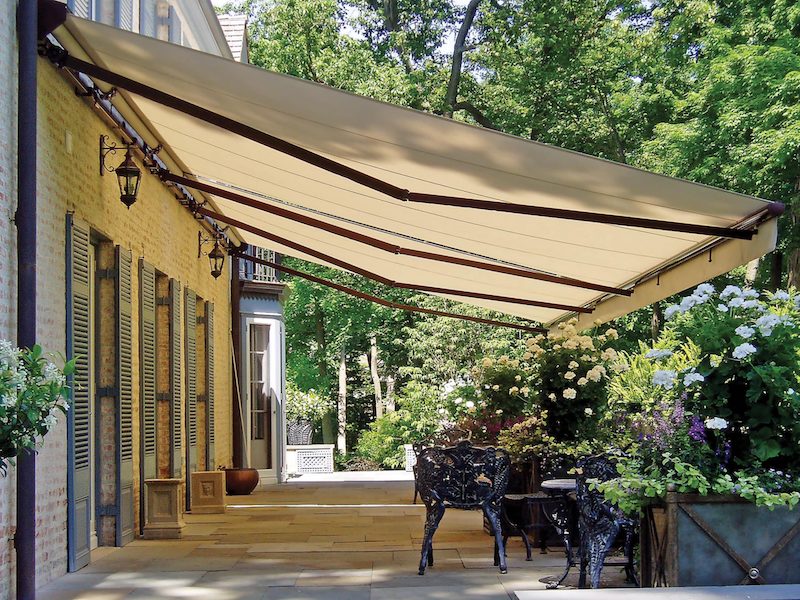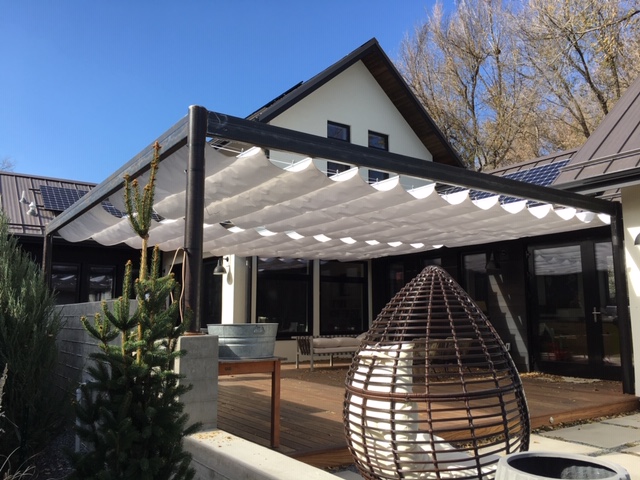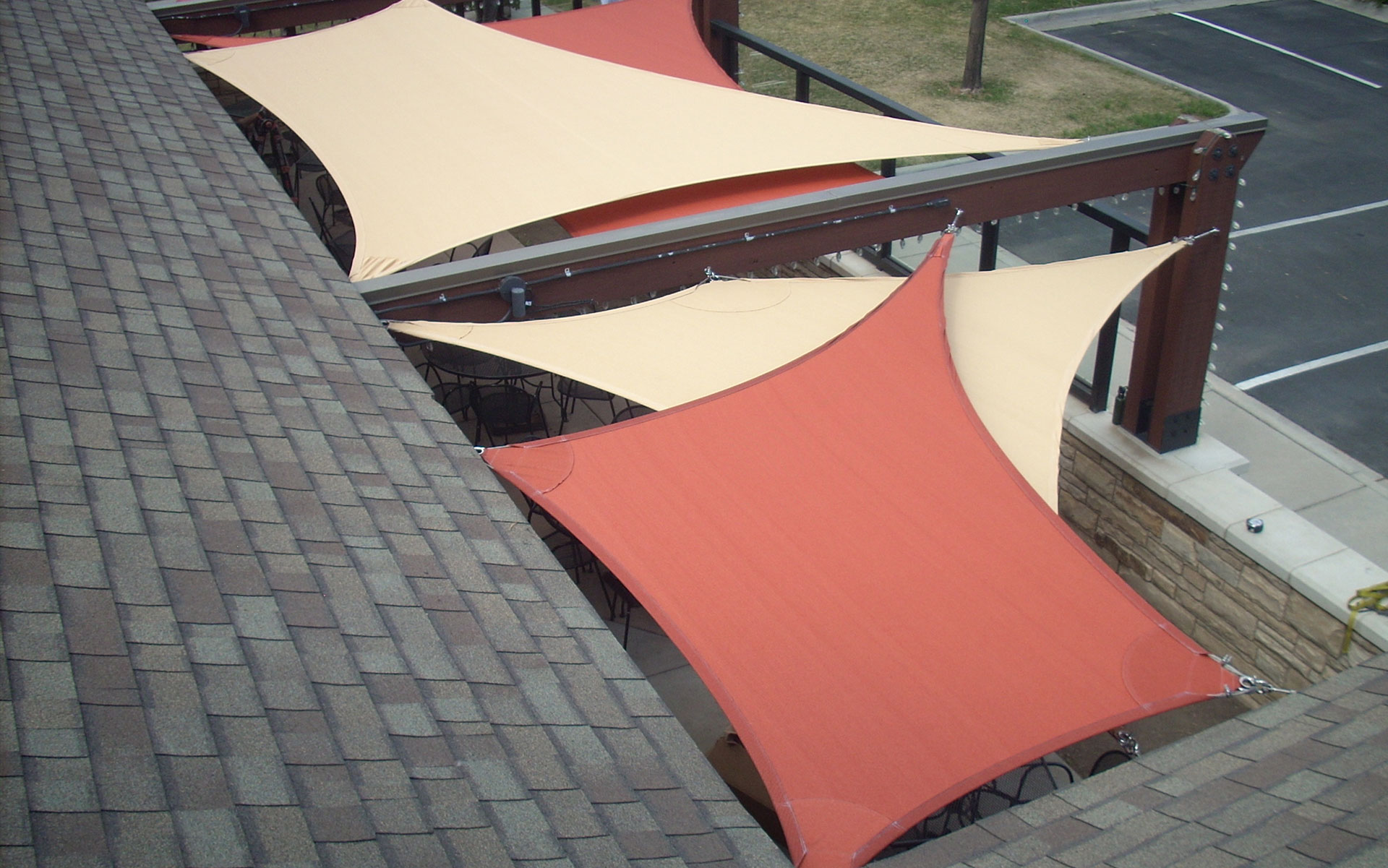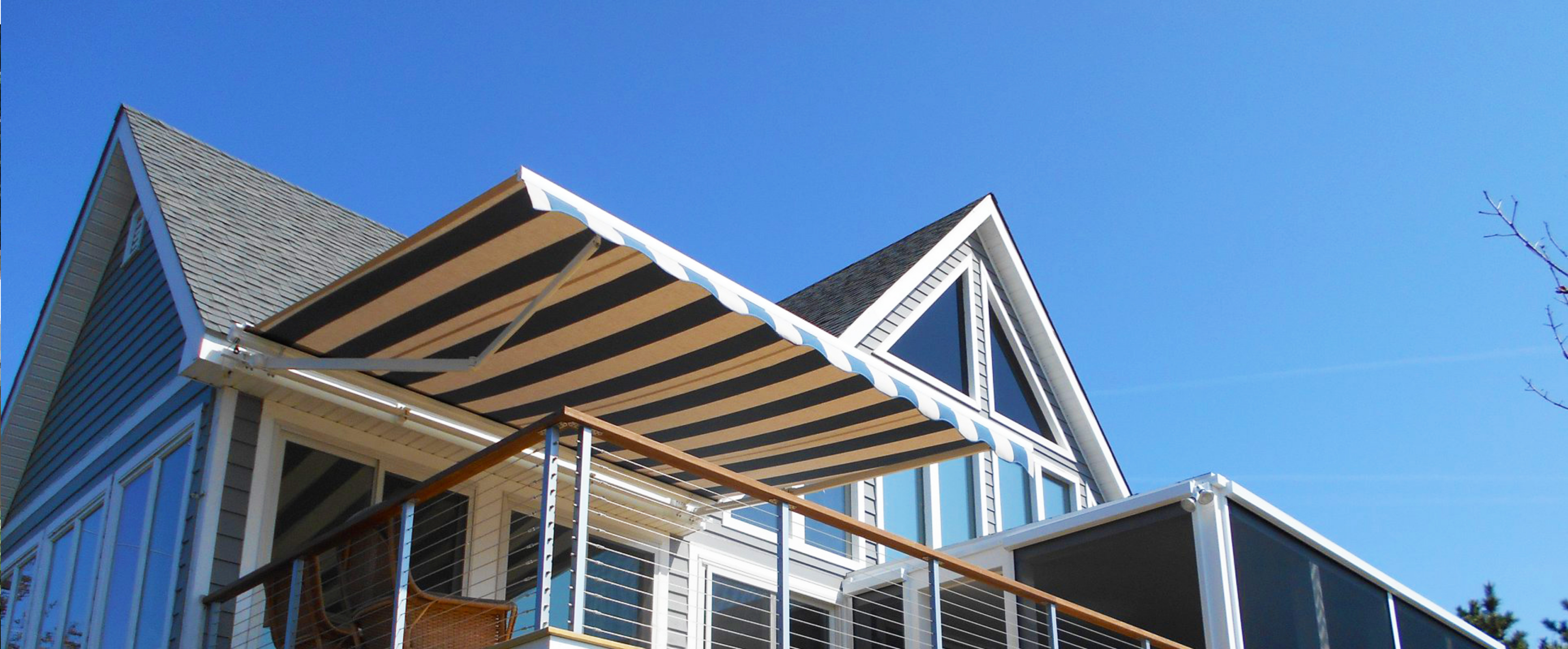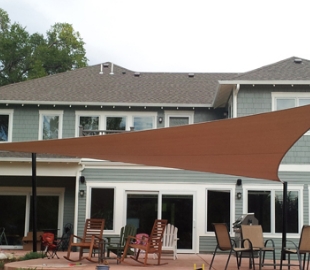Spending time outdoors should be enjoyable, but excessive heat and glare from the sun can make your patio or deck uncomfortable. Solar screens and awnings offer the perfect solution, providing shade, reducing heat, and enhancing your outdoor living space. Here’s how these features can transform your home.
Reduce Heat and Glare
Solar screens and awnings are designed to block harmful UV rays, keeping your outdoor space significantly cooler. By reducing direct sunlight exposure, you can enjoy a more comfortable environment while also protecting your skin from UV damage.
Enhance Energy Efficiency
By shading windows and doors, solar screens and awnings can help lower indoor temperatures, reducing the strain on your air conditioning system. This results in lower energy bills and a more sustainable home.
Protect Your Outdoor Furniture
Constant exposure to sunlight can cause outdoor furniture, cushions, and rugs to fade over time. Installing solar screens and awnings provides essential shade, preserving the appearance and longevity of your outdoor décor.
Add Style and Value
Available in various colors, patterns, and designs, solar screens and awnings can complement your home’s exterior while increasing curb appeal. A well-designed shading system not only enhances aesthetics but can also boost property value.
Enjoy Your Outdoor Space Year-Round
With the right shading solutions, your patio or deck becomes a year-round retreat. Whether you’re relaxing in the afternoon or entertaining guests, solar screens and awnings create a comfortable and inviting outdoor atmosphere.
Installing solar screens and awnings is a smart way to make your outdoor space more comfortable, energy-efficient, and stylish. By reducing heat and glare, protecting furniture, and enhancing your home’s curb appeal, these shading solutions allow you to enjoy your patio or deck year-round. With the right setup, you can create a cool, inviting space perfect for relaxation and entertainment.




